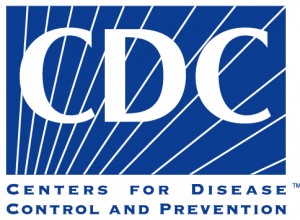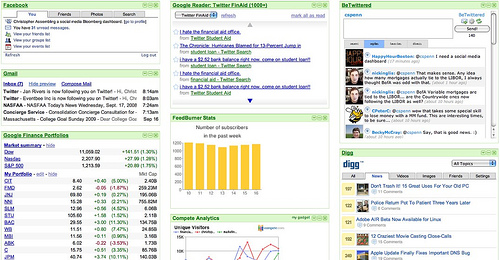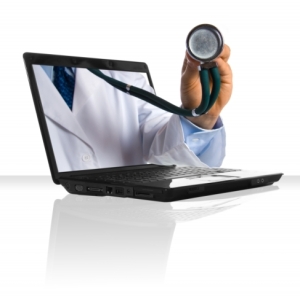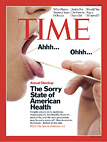 The U.S. Department of Health and Human Services (HHS) is inviting us to submit our comments and suggestions as part of the collaborative process for Healthy People 2020. Every 10 years, the U.S. Department of Health and Human Services (HHS) leverages scientific insights and lessons learned from the past decade, along with knowledge of new and emerging issues, data, trends, and innovations to set the nation’s health priorities.
The U.S. Department of Health and Human Services (HHS) is inviting us to submit our comments and suggestions as part of the collaborative process for Healthy People 2020. Every 10 years, the U.S. Department of Health and Human Services (HHS) leverages scientific insights and lessons learned from the past decade, along with knowledge of new and emerging issues, data, trends, and innovations to set the nation’s health priorities.
- If you care about your community’s health, our waters and our forests, then you can submit public comments to the current draft objectives on the Healthy People Public Comment Page.
- If you care about nutrition, obesity and physical activity, then you can submit public comments to the current draft objectives on the Healthy People Public Comment Page.
- If you care about chronic diseases, including prevention, treatment and cures, submit public comments to the current draft objectives on the Healthy People Public Comment Page.
- If you care about these and many other issues, then you can make a difference by submitting a comment to the Healthy People 2020 objectives.
Submit a Public Comment
Your participation will shape Healthy People 2020 and the nation’s health agenda. Since public comments go on the record, you will have contributed to setting our nation’s health objectives.
- Submit a public comment to the current draft objectives on the Healthy People Public Comment Page.
- Grab a Web badge to show you care about the Healthy People 2020 process.
Stay Involved and Informed
For more information and to stay updated:
- Subscribe to the Healthy People listserv for the latest information on Healthy People 2020 and to receive e-mail notices of related news, events, publications, and more!
- Join the Healthy People Consortium to become an active supporter of Healthy People.
More About Healthy People
Since 1979, Healthy People has set and monitored national health objectives to meet a broad range of health needs, encourage collaborations across sectors, guide individuals toward making informed health decisions, and measure the impact of our prevention activity. The Healthy People process aims to be inclusive and its strength is directly tied to collaboration.
Since its inception, Healthy People has become a broad-based, public engagement initiative with thousands of citizens helping to shape it at every step along the way. Drawing on the expertise of the Secretary’s Advisory Committee on National Health Promotion and Disease Prevention Objectives for 2020, public input and a Federal Interagency Workgroup, Healthy People 2020 will provide a framework to address risk factors and determinants of health and the diseases and conditions that affect our communities–and in effect move us toward a healthier nation.
Disclosure: ODPHP is a client that I work with at IQ Solutions. However, I genuinely feel that Healthy People 2020 plays an important role in setting our Nation’s health agenda and even contributed comments myself, especially when it comes to chronic diseases and health communications.





